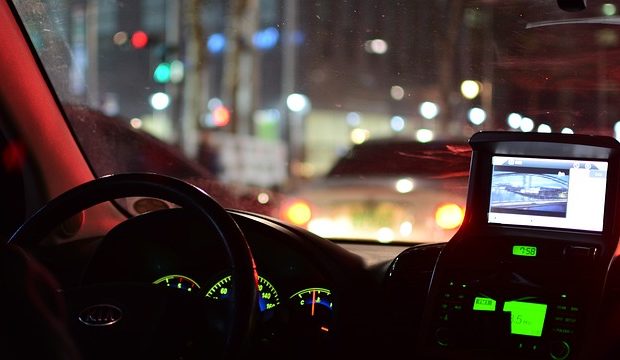A Step-By-Step Guide to Online Indiana Driver’s Education
Here’s a step-by-step guide to completing online Indiana Driver’s Education:
- Check eligibility: Ensure that you meet the eligibility requirements for taking online Indiana Driver’s Education. In Indiana, you must be at least 15 years old to enroll.
- Choose an approved provider: Select an online Indiana Driver’s Education course that is approved by the Indiana Bureau of Motor Vehicles (BMV). You can find a list of approved providers on the BMV website.
- Enroll in the course: Visit the website of your chosen provider and enroll in their online Indiana Driver’s Education course. You may need to provide some personal information and pay the course fee.
- Complete the coursework: Begin working through the online coursework. The course will cover topics such as traffic laws, road signs, safe driving techniques, and the consequences of impaired driving. The coursework may include reading materials, videos, quizzes, and interactive modules.
- Progress through the course: Follow the course structure and complete each module or section as required. Take your time to understand the material thoroughly.
- Pass the quizzes and exams: Throughout the course, you may encounter quizzes or exams to test your understanding of the material. Make sure to study and prepare for these assessments to ensure you pass them successfully.
- Obtain a Certificate of Completion: Once you have completed all the coursework and passed all the required assessments, you will typically receive a Certificate of Completion. This certificate verifies that you have successfully completed the online Indiana Driver’s Education course.
- Schedule and complete the driving practice: While online Indiana Driver’s Education covers the theoretical aspects of driving, you will still need to complete practical driving practice. Schedule driving practice sessions with a licensed instructor or a parent/guardian who meets the qualifications set by the BMV.
- Obtain a learner’s permit: After completing the online Indiana Driver’s Education course and the required driving practice, you can visit your local BMV office to apply for a learner’s permit. Bring all necessary documents, including identification, proof of residency, and your Certificate of Completion.
- Pass the knowledge test: As part of obtaining your learner’s permit, you will need to pass a knowledge test at the BMV office. This test will assess your understanding of traffic laws, road signs, and safe driving practices.
- Start supervised driving: Once you have your learner’s permit, you can start practicing driving under the supervision of a licensed adult who is at least 25 years old and has held a valid driver’s license for at least two years.
- Complete the required driving hours: In Indiana, you must complete a minimum of 50 hours of supervised driving practice, including at least 10 hours of nighttime driving, before you can apply for a probationary driver’s license.
- Apply for a probationary driver’s license: Once you have completed the required driving hours and held your learner’s permit for at least 180 days, you can visit the BMV office to apply for a probationary driver’s license. Pass the driving skills test, provide the necessary documents, and pay the applicable fees.
Remember to always follow the rules of the road, practice safe driving habits, and continue learning as a responsible driver.










